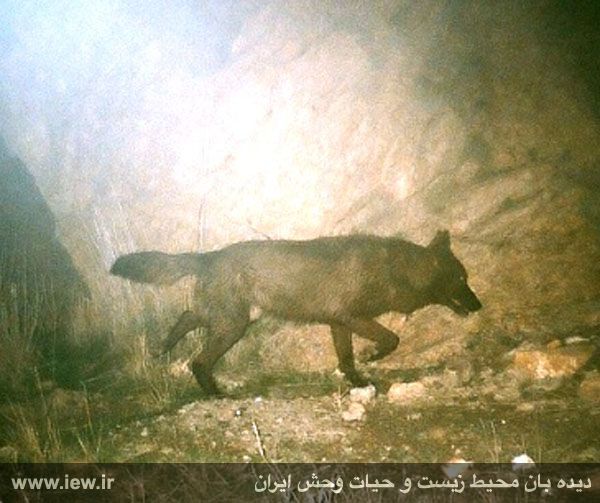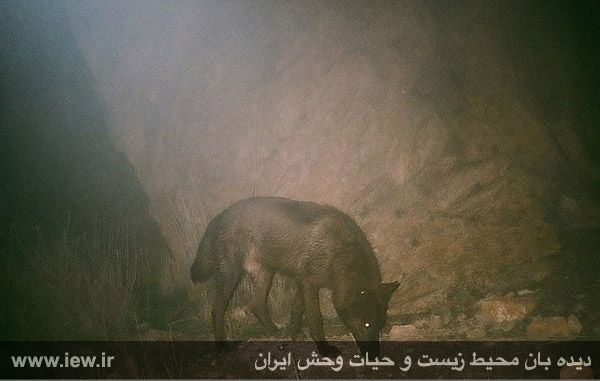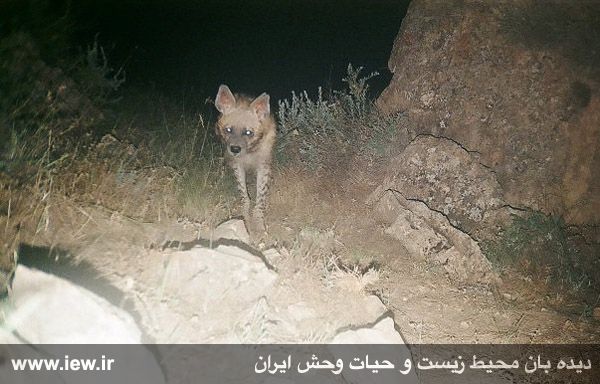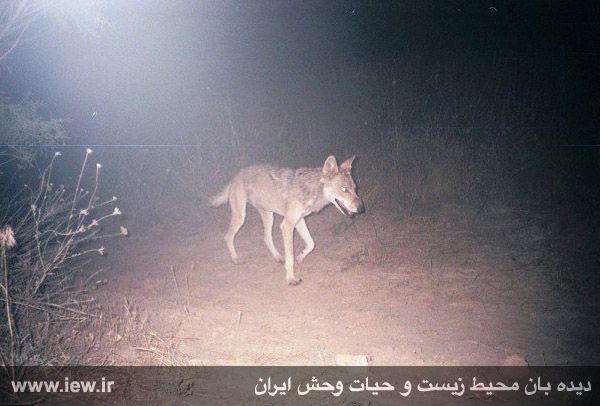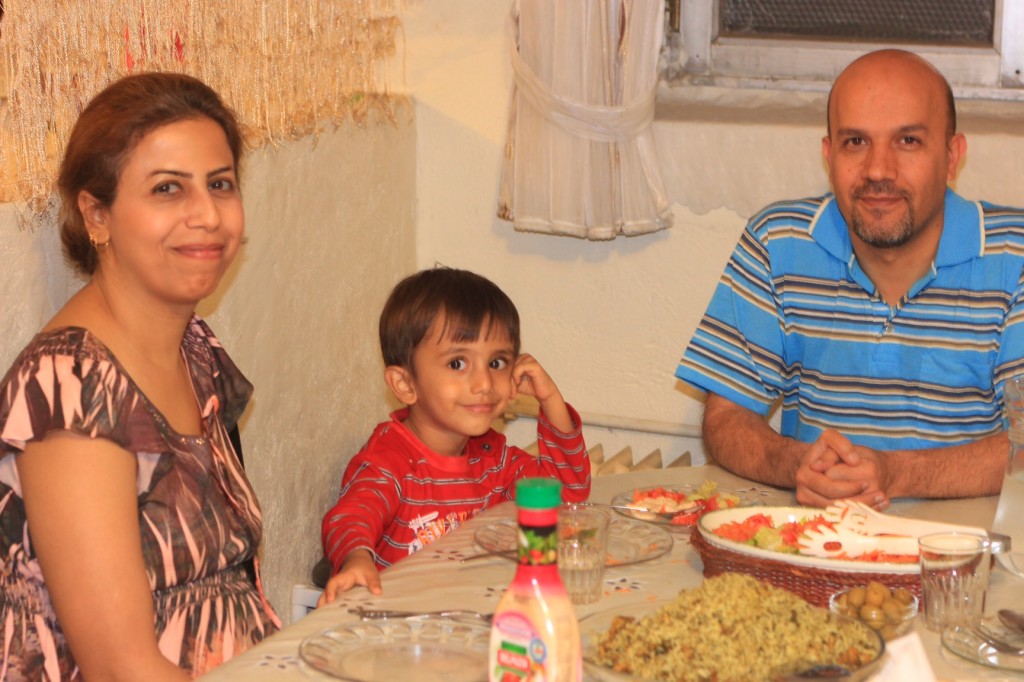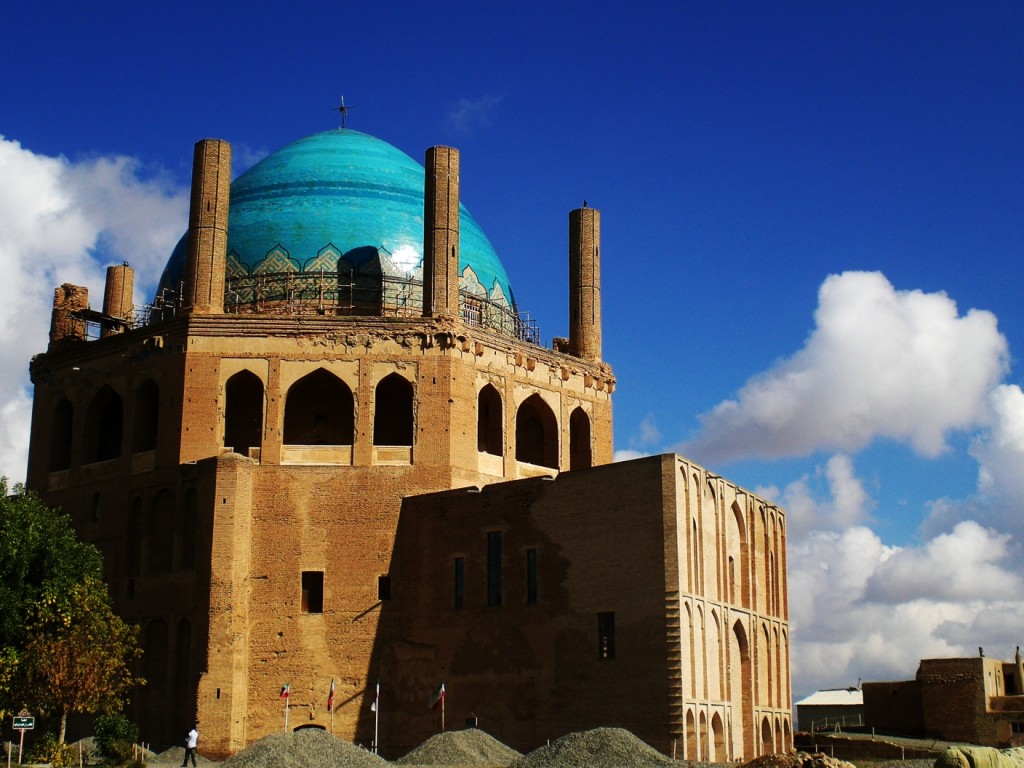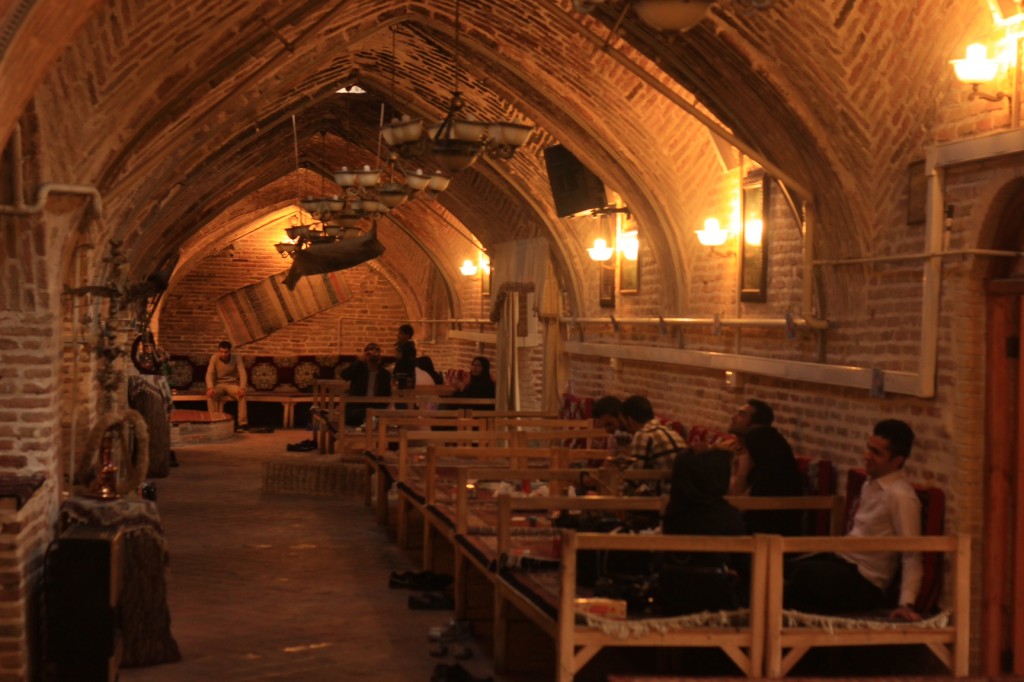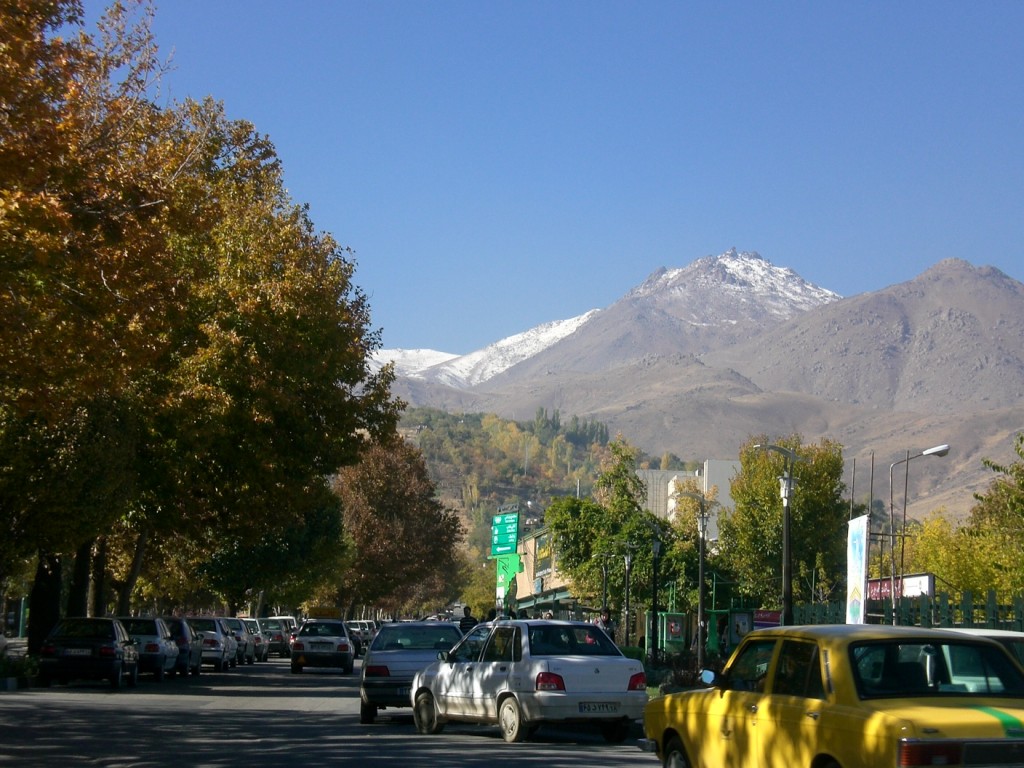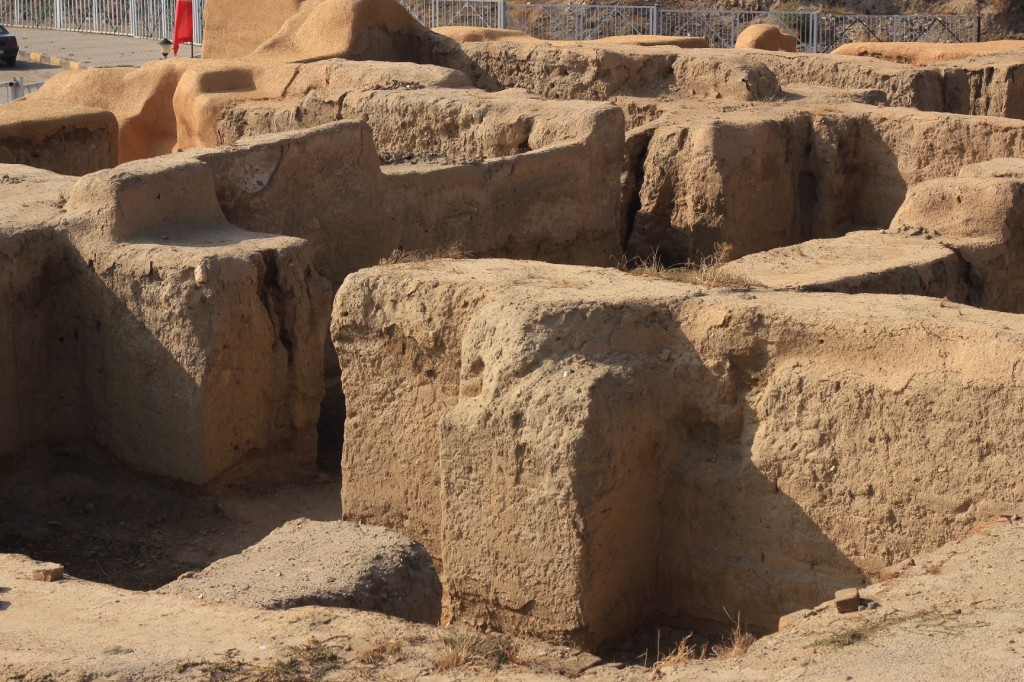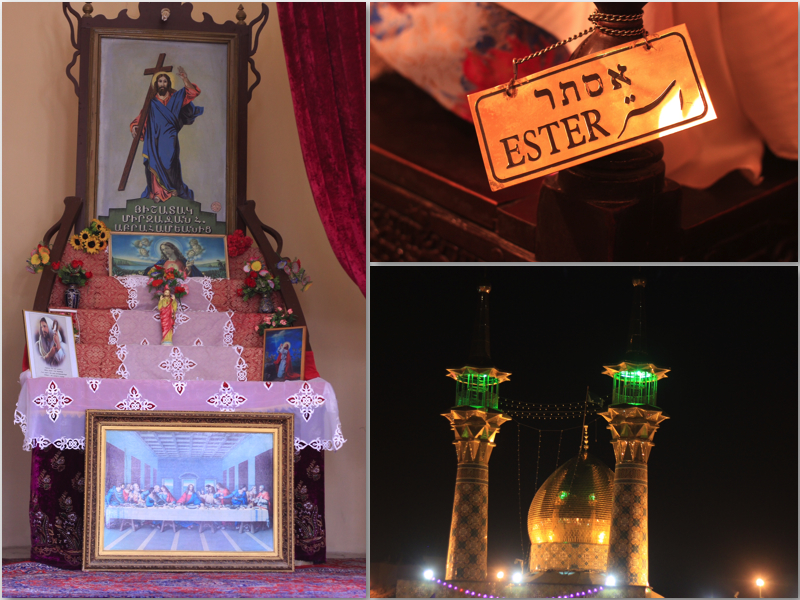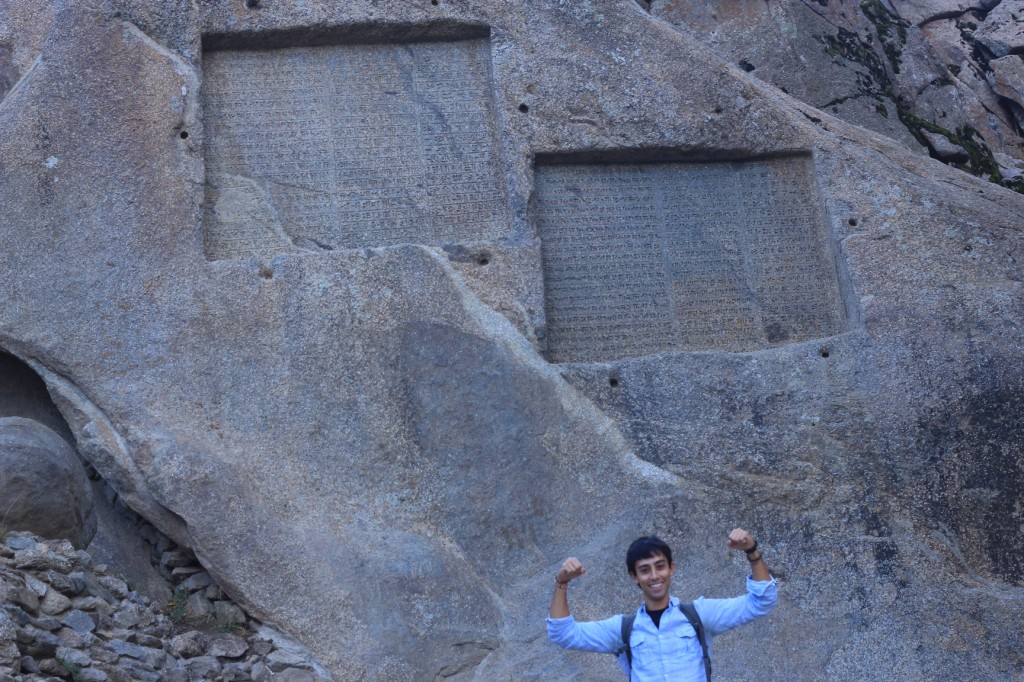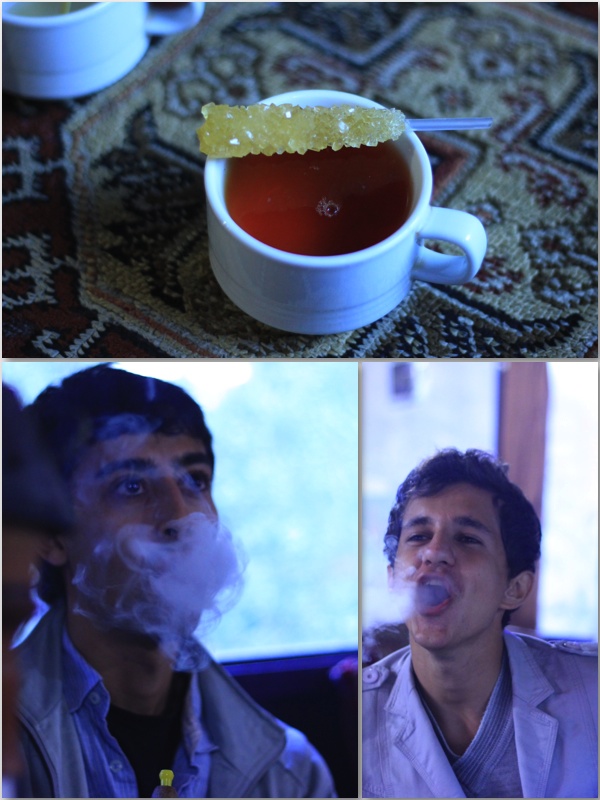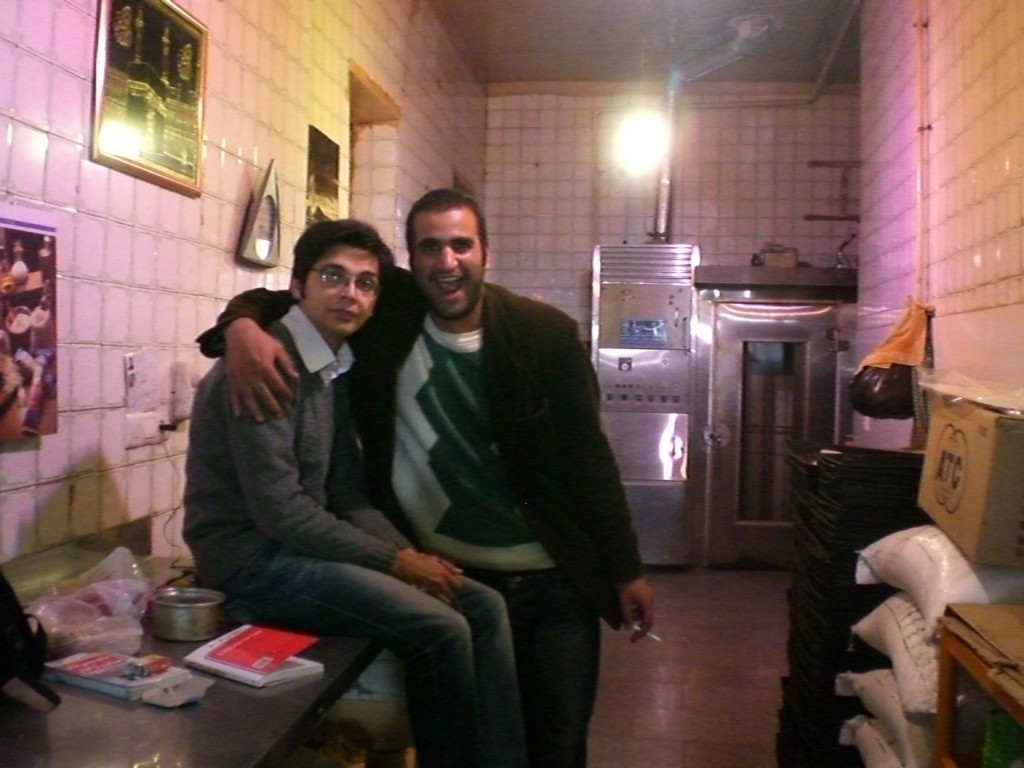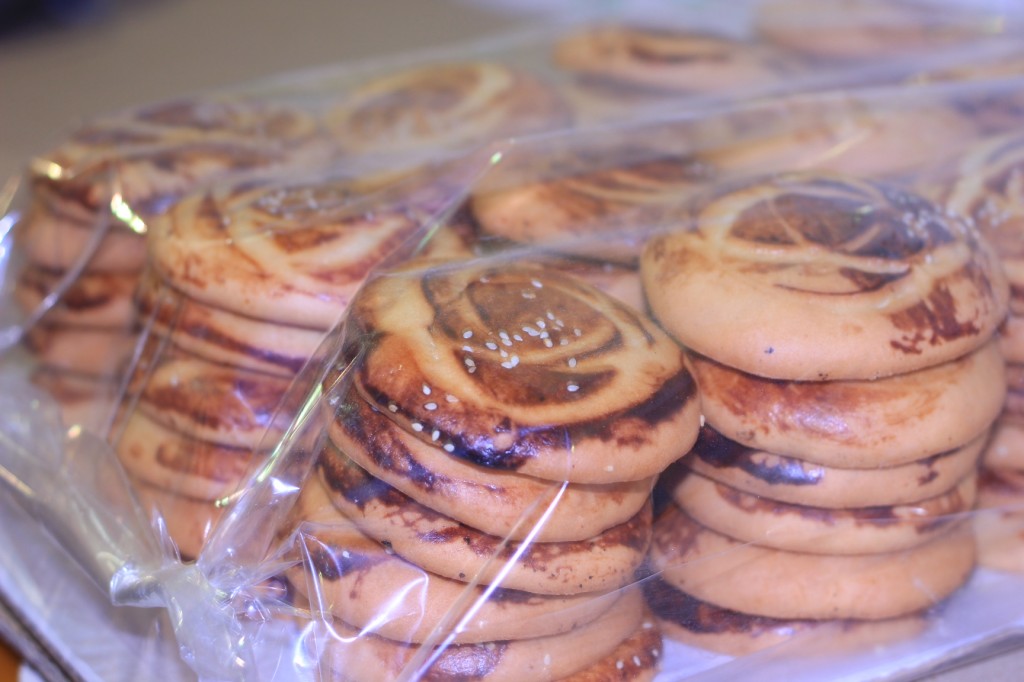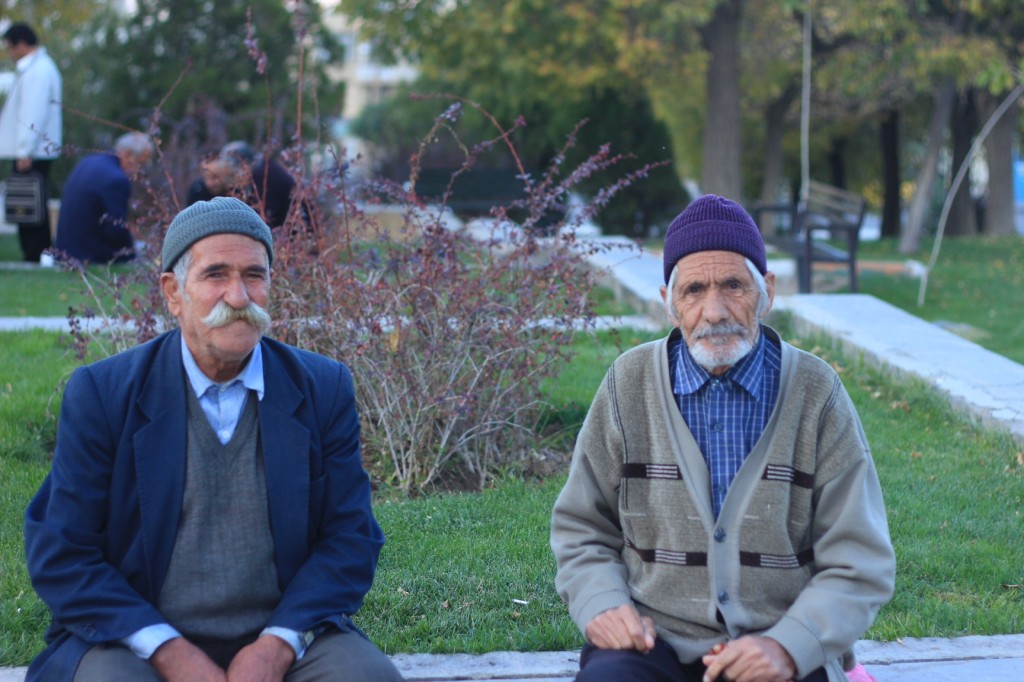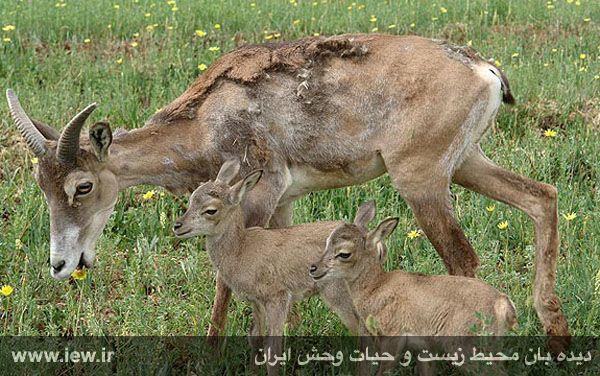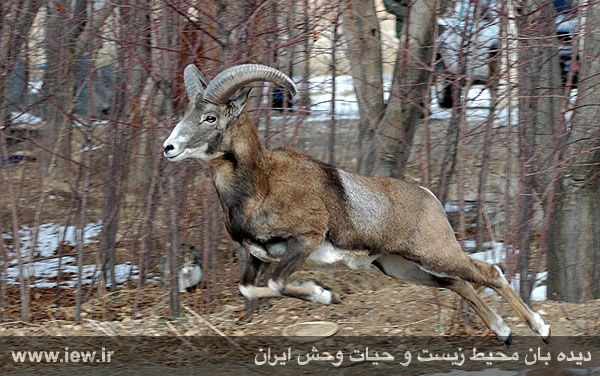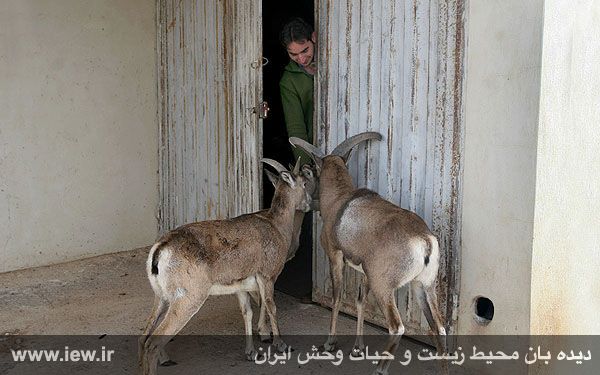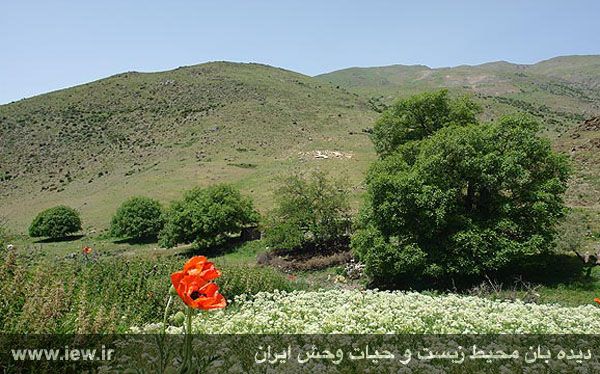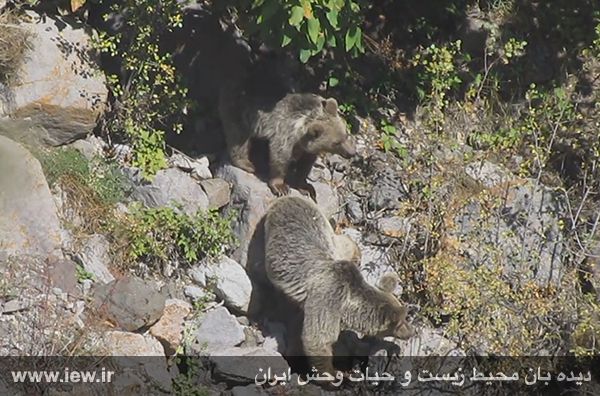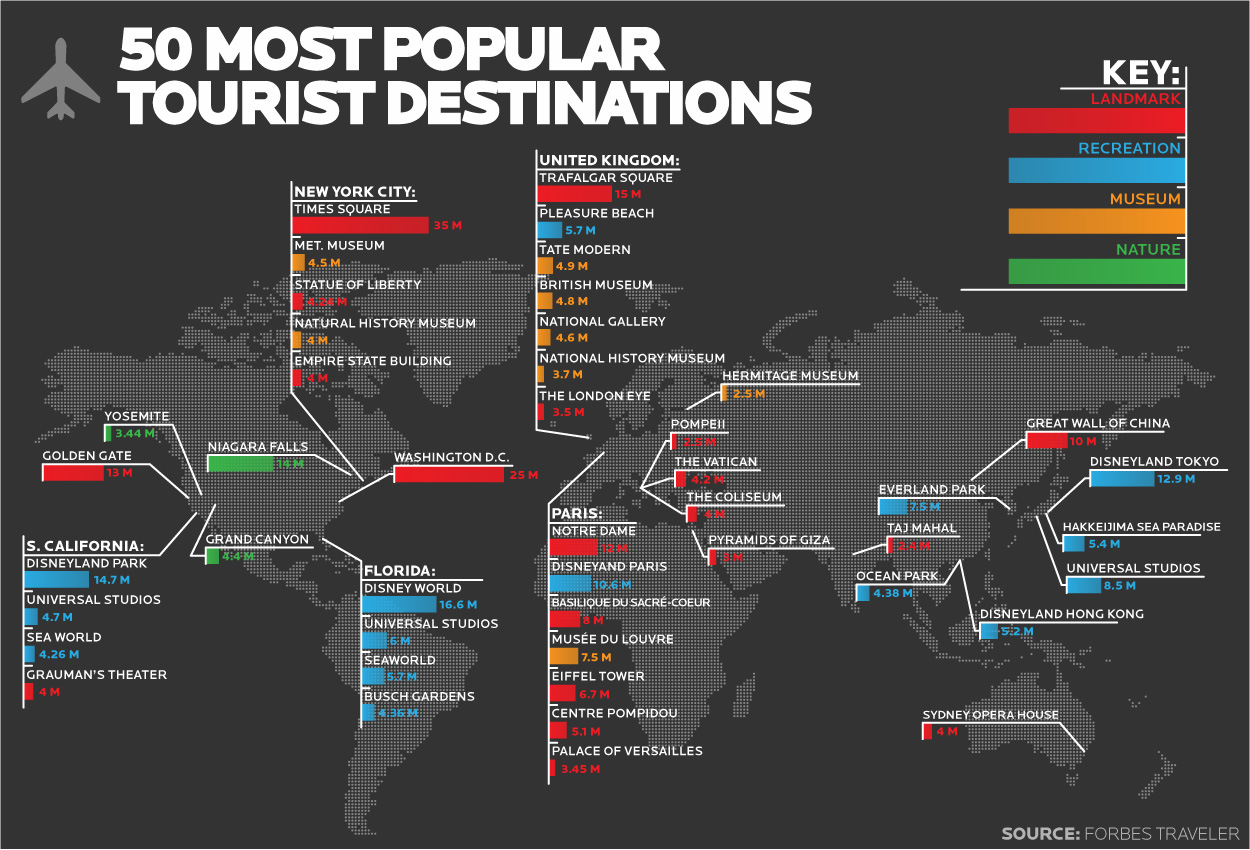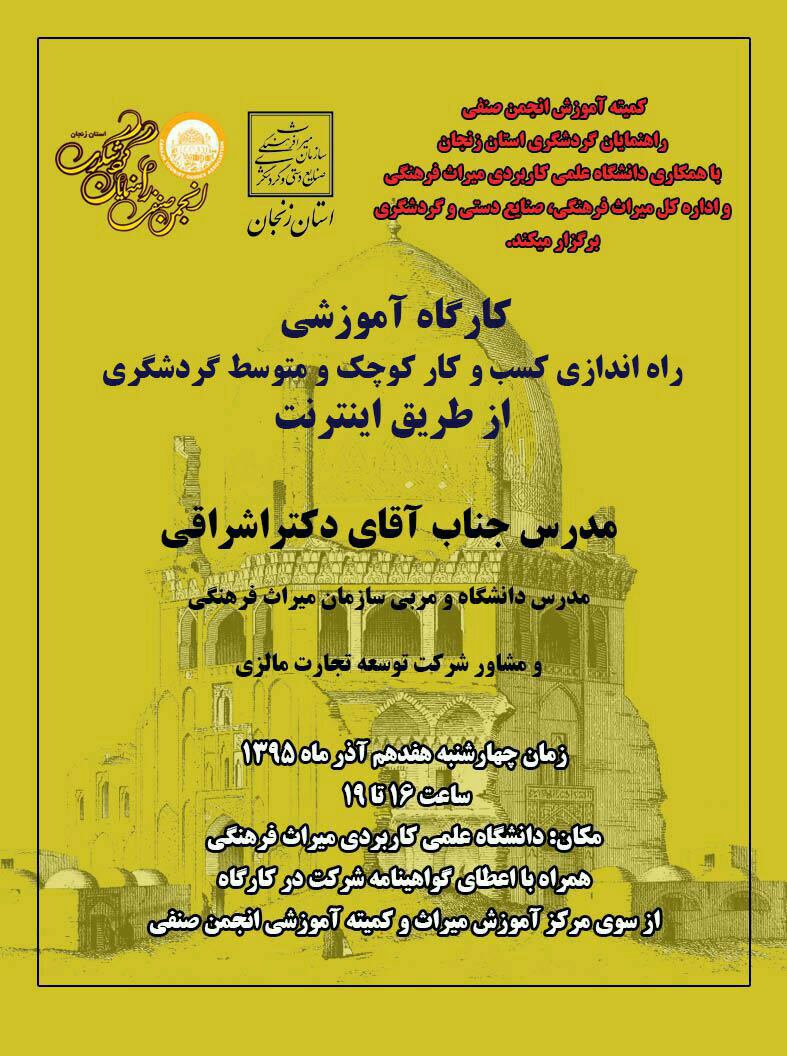Specifications and geographical conditions of Wildlife and Protected Area grapes:
Vine area under protection in 1345 and part of the South East Region Conservation Act No. 366 Grapes in the Supreme Council of the Environment (State Infrastructure Commission) dated 06.01.1391 was introduced as a wildlife sanctuary.
Grapes 92 180 hectare protected area and wildlife sanctuary Anguran is 29 812 hectares and is located in the city of Zanjan province are Mahneshan.
Elevation ranges from 1280 to 2200 m, 400 mm average annual rainfall and temperature, the region has a semi-arid climate is temperate.
Grape named Balqis and pollen corona is both safe area.
In this area because of the ponds and ponds, in winter and spring Godard embraces many species of migratory waterfowl is the most important of them can be coot, common shelduck, flamenco, some ducks, black storks and flamingoes points a.
Lobby immigration Bilqis a safe area safe area within the protected area of grape vines for Ford Wildlife Refuge in Nagorno-horn sheep winter and spring this region.
Height:
Important elevations in the mountains Anguran Bilqis, Qaryaqdy, Janqrtaran, Sender Fund, Qvshkar, Sari Sacks, Towzlu, dry-Kahn, Chaldagh, Qvshasvry and is Blbk.
water resources:
The surface flow is the area Ghazalozan and other rivers include grapes tea, Dundee, Science Kennedy, Kaka, Aleppo, Alleluia, tea castle, fairy tea and tea are Gorgor.
valleys:
The famous Valley area can be Qyz wing, Dvnqvzdrh C, Svnaavln, Drvyshlrdamy, Surrey grass, Avjaqlv, Sulley Kahn, AGHBOLAGH, whoa Gorge Glablv, Apraq, Kshkhan, passion pollen Valley crown, Astqyl Drmasy, martyr Lrh Nagorno cute, Aq the Drmasy, Pshtvk, captive Mahneshan, Amir Abad, Kaka, Juq Castle, Black house, Quzlu, Ghezeljeh, Sumpter and Delic noted Dash and plains of the region, including Surrey Yaz Yaz and Dundee are.
Tourist Attractions:
Mountains, foothills, plains, landscapes, pristine water and in some areas, restricted zones of forest and pasture land, the most important visual attraction Wildlife and Protected Area grapes with the aim of ecotourism. Attractions in the region is created.
The most important tourist attractions grapes can be Jost village castle, the village Quzlu, captive Sumpter, Castle Qvshasvry, Takht-e Soleiman, temples Adhargushasb, Bilqis mountain, river Ghazalozan, Fritillaria, countryside area, hot springs, Behestan castle, chimney Jen, church and around the village mentioned Bayanlu, Kurdistan.
social situation:
Village number 48, the number of households in 1946, the population of 8903 people, 4406 people, male, female Number 4497 people, the number of illiterate people literate 5208 people and 2645 people.
Protection:
Environmental monitoring stations Dundee, tall hedge and haven for wildlife conservation and protected area KHANLOO petition Grapes are responsible.
Vegetation:
Wildlife and Plant indicator species are protected area Grapes: Fritillaria, pistachio, almond, Khynjvk and other species include Artemisia, CHUBAK, astragalus, hats Mir Hassan, tulips, anemones, coma, savory, sugar Tyghal , colchicum with trees and shrubs such as Cotoneaster, Berberis, walnuts and measures are.
Indicator species of animal:
There rivers Ghazalozan, Angouran tea with special topographic conditions led to the formation of diverse habitats fauna.
Indicator species of wildlife and protected area animal shelters Grapes are: Armenian sheep, lynx and other species of fauna are:
Mammals, goats, brown bear, wolf, otter, hyena, fox ordinary and Smvrsngy
Birds: Derry Quebec, Quebec Chil, grouse, starling, slab, King Owl, Grey Goose, common shelduck, coot, heron, Kestrel, Eagle, Falcon, Great Eggert, of Cochrane, teal, mallard, crane, cormorant and heron
Reptiles and Amphibians: Zanjani viper, viper Damavandi, Kvrmar and turtle pond
Fish filled with yolk, fish sauce, White River and catfish
Major regional conflicts and threats:
Mhmtzyn conflicts and threats to the region include: the indiscriminate and intense mining activity, plowing and cultivating illegal, poaching, development projects such as road construction, power transmission pipelines, gas, electricity and telecommunications, the expansion of communication , human constructions, sewage and rural waste and transportation vehicles.
